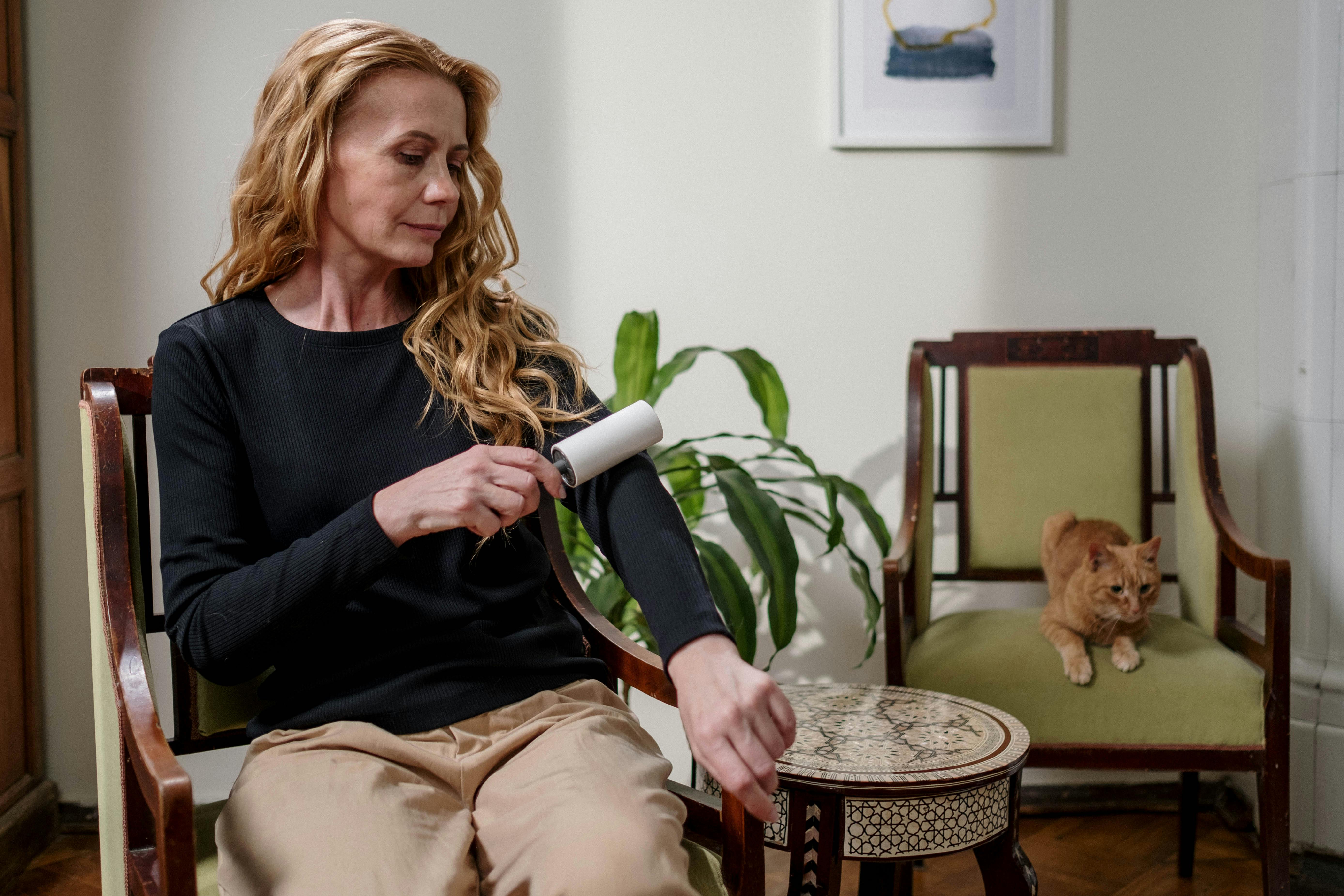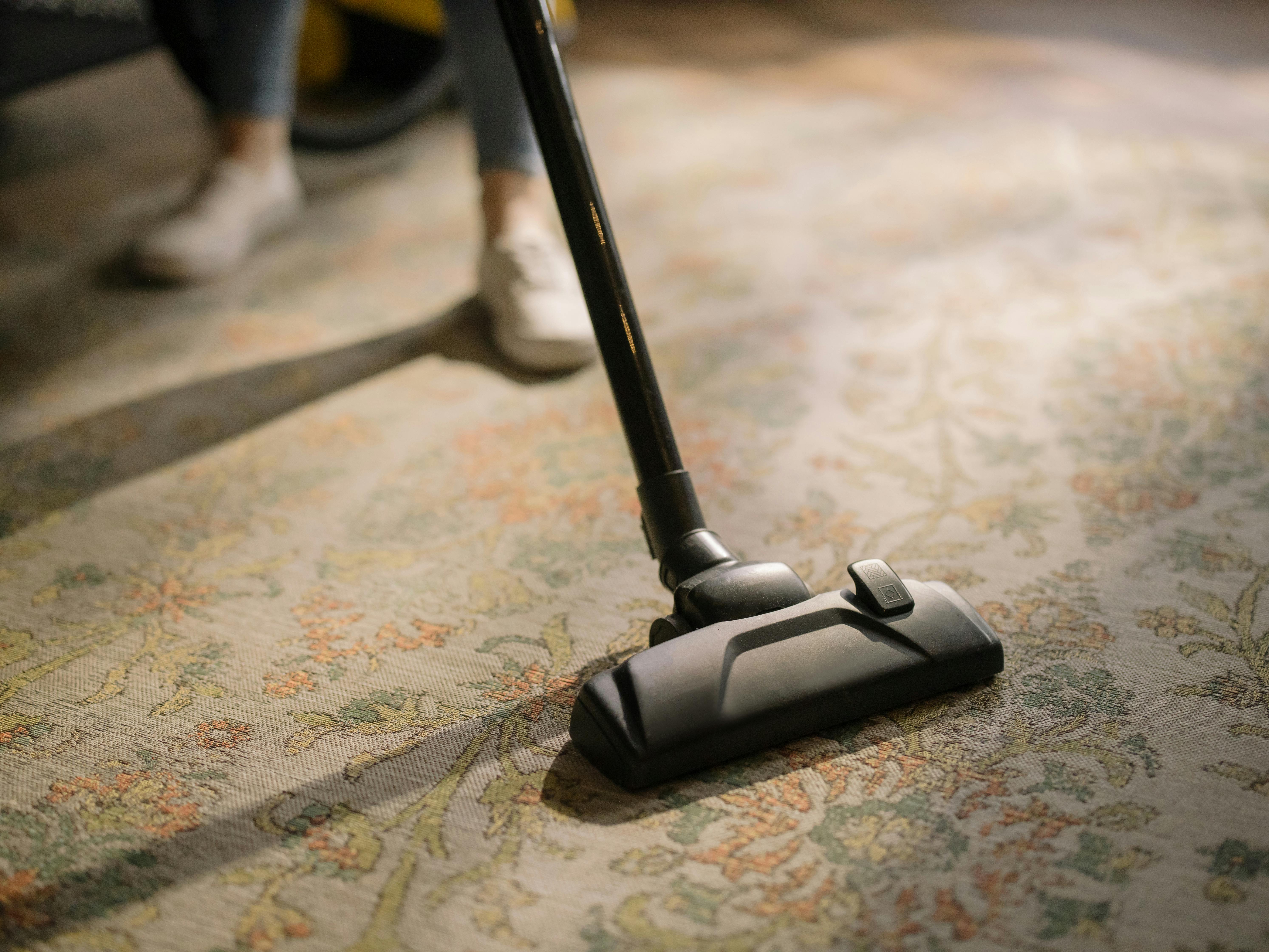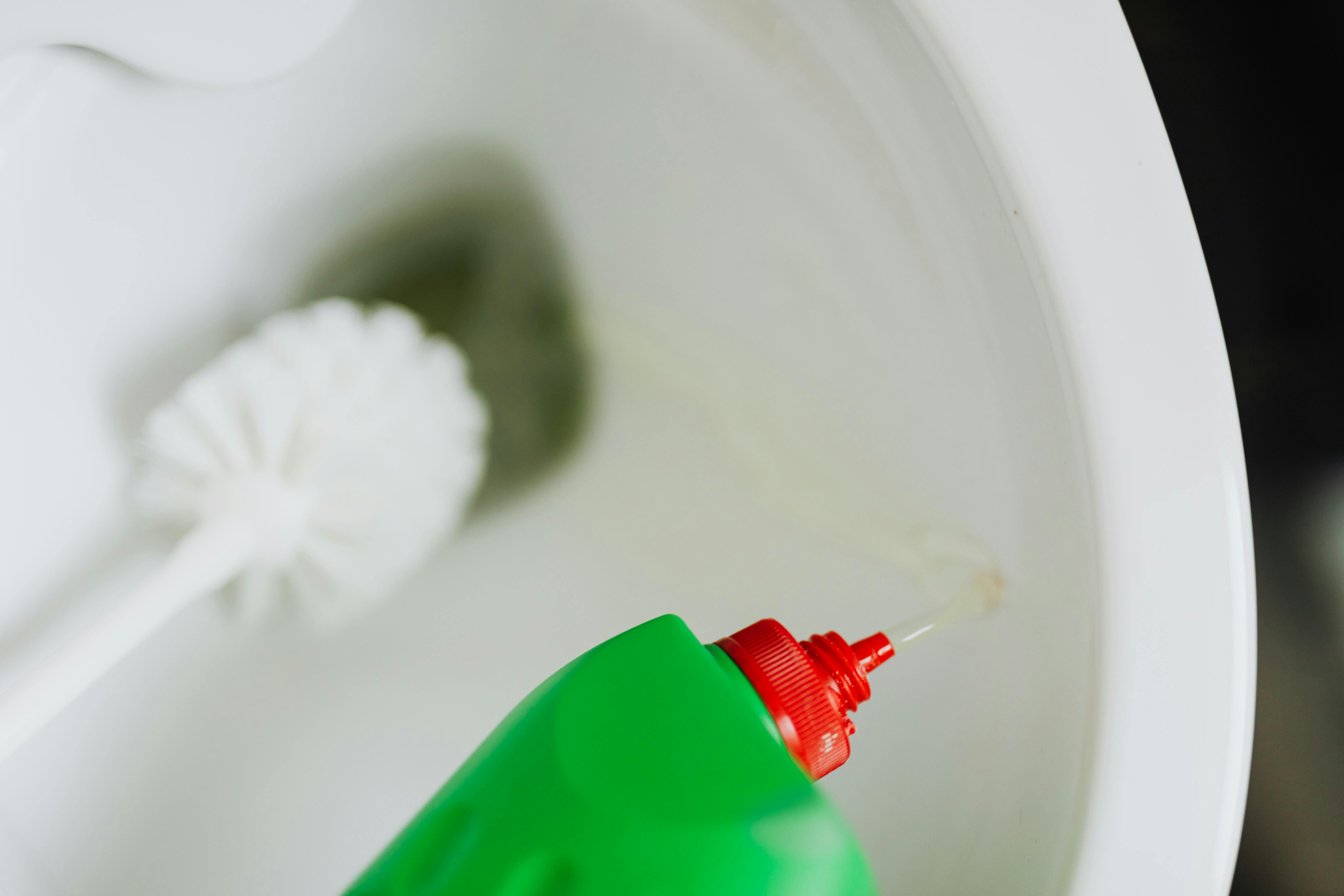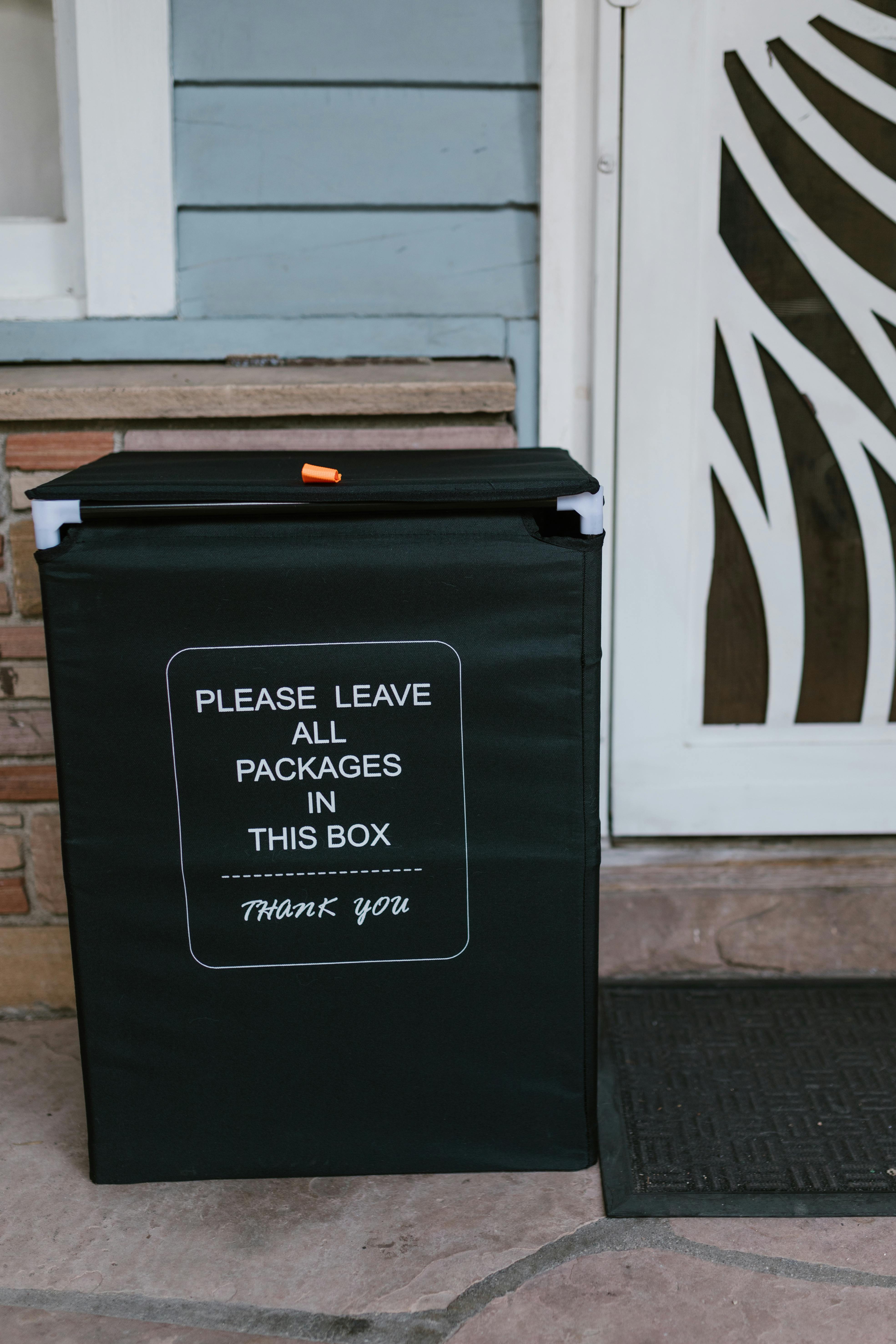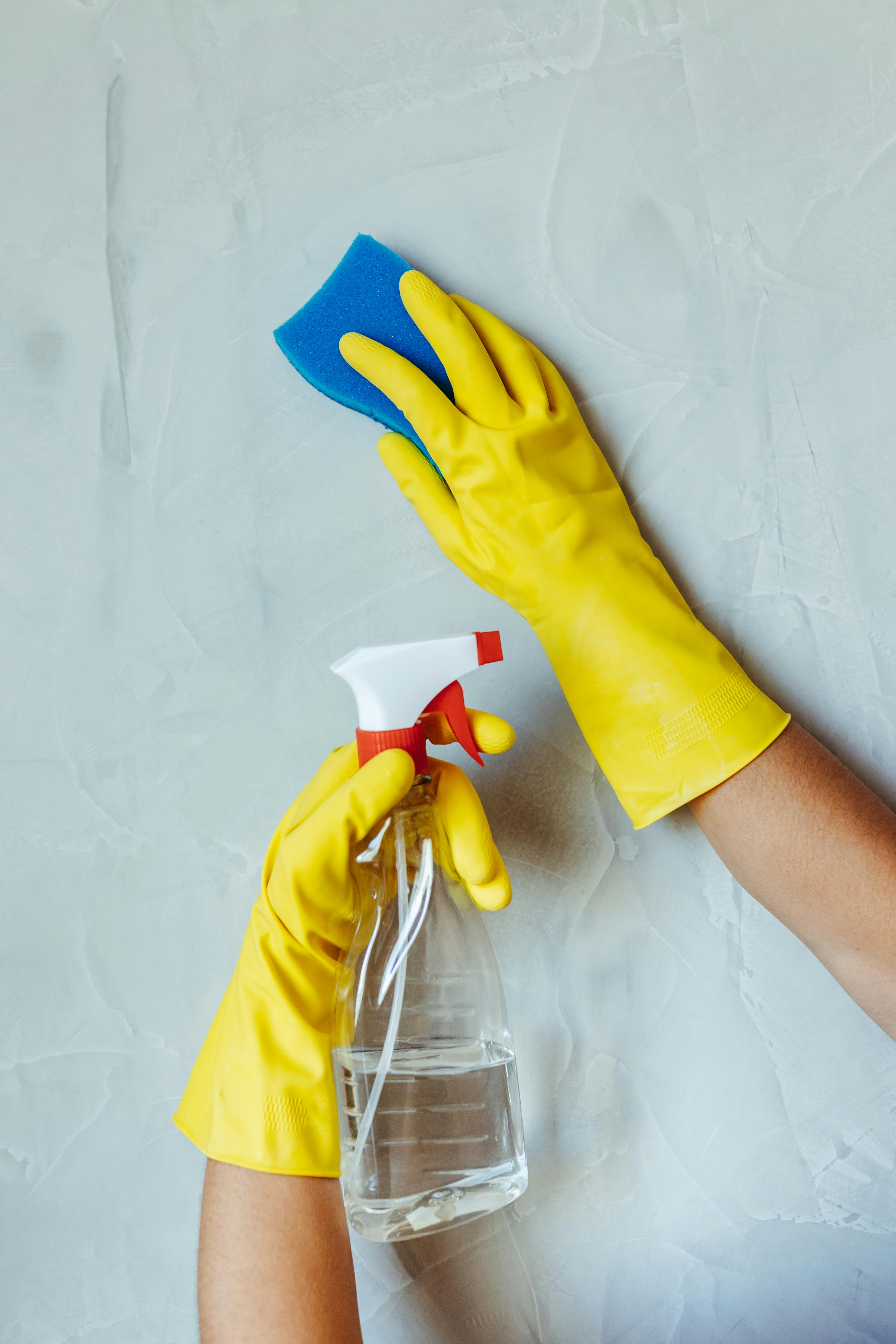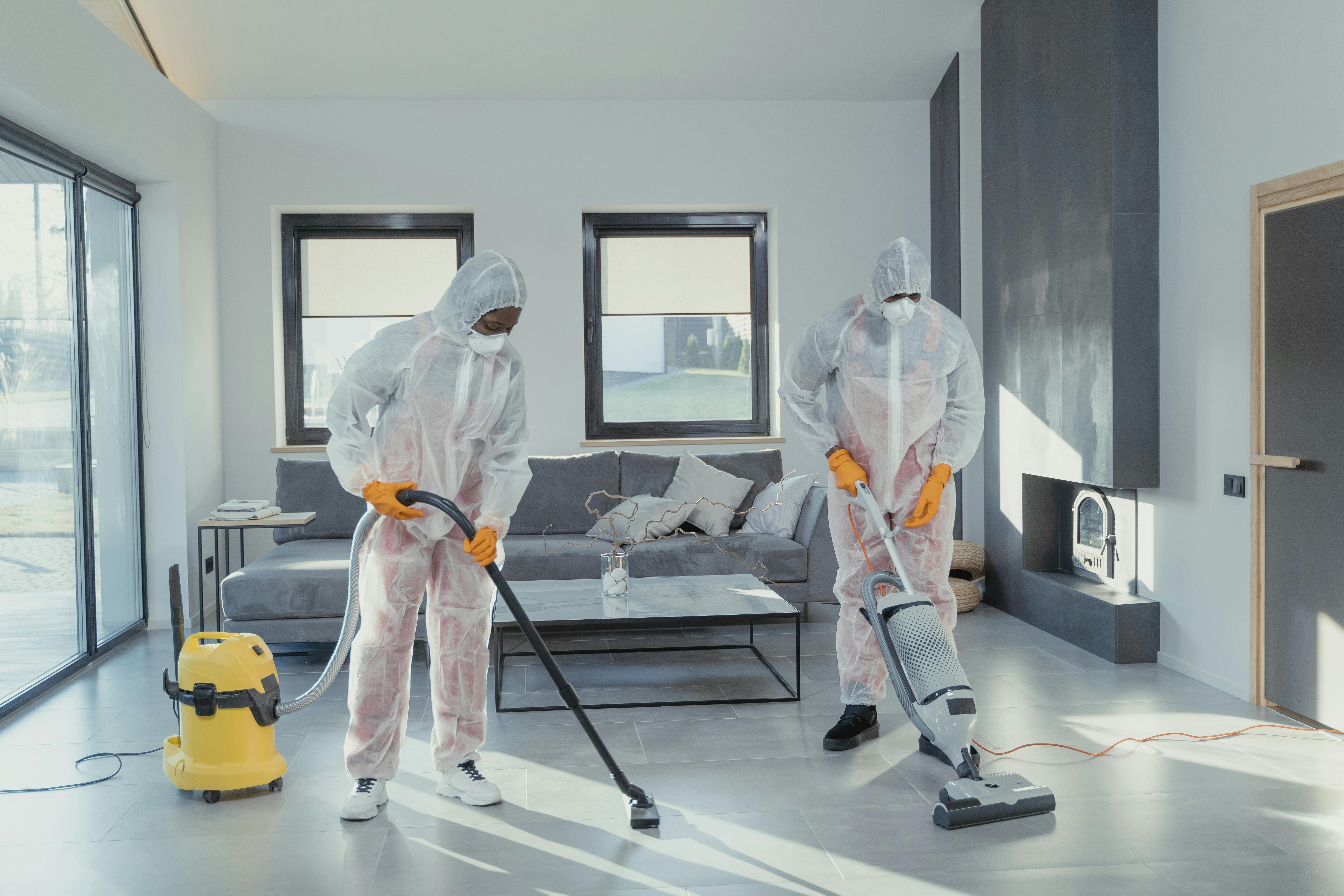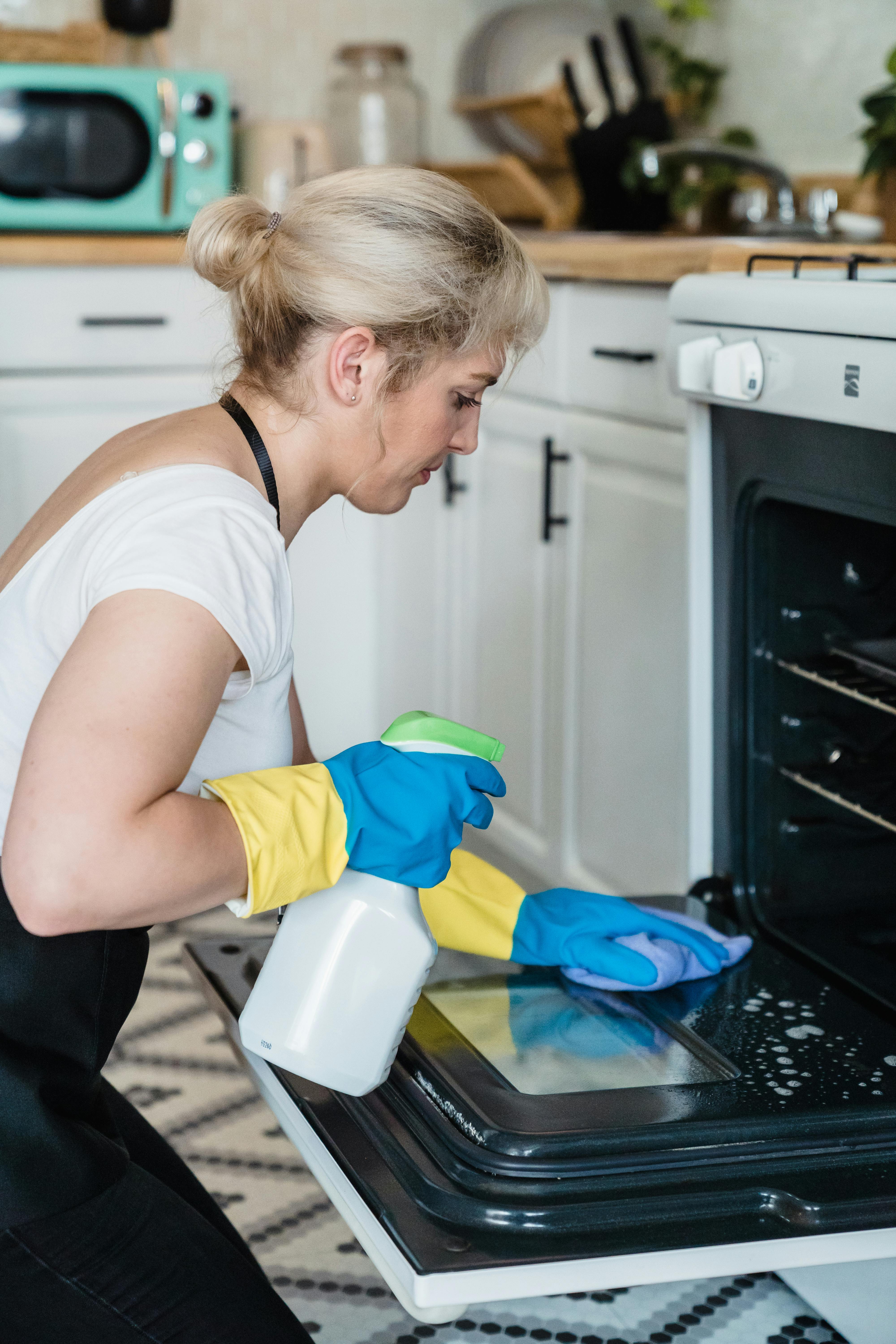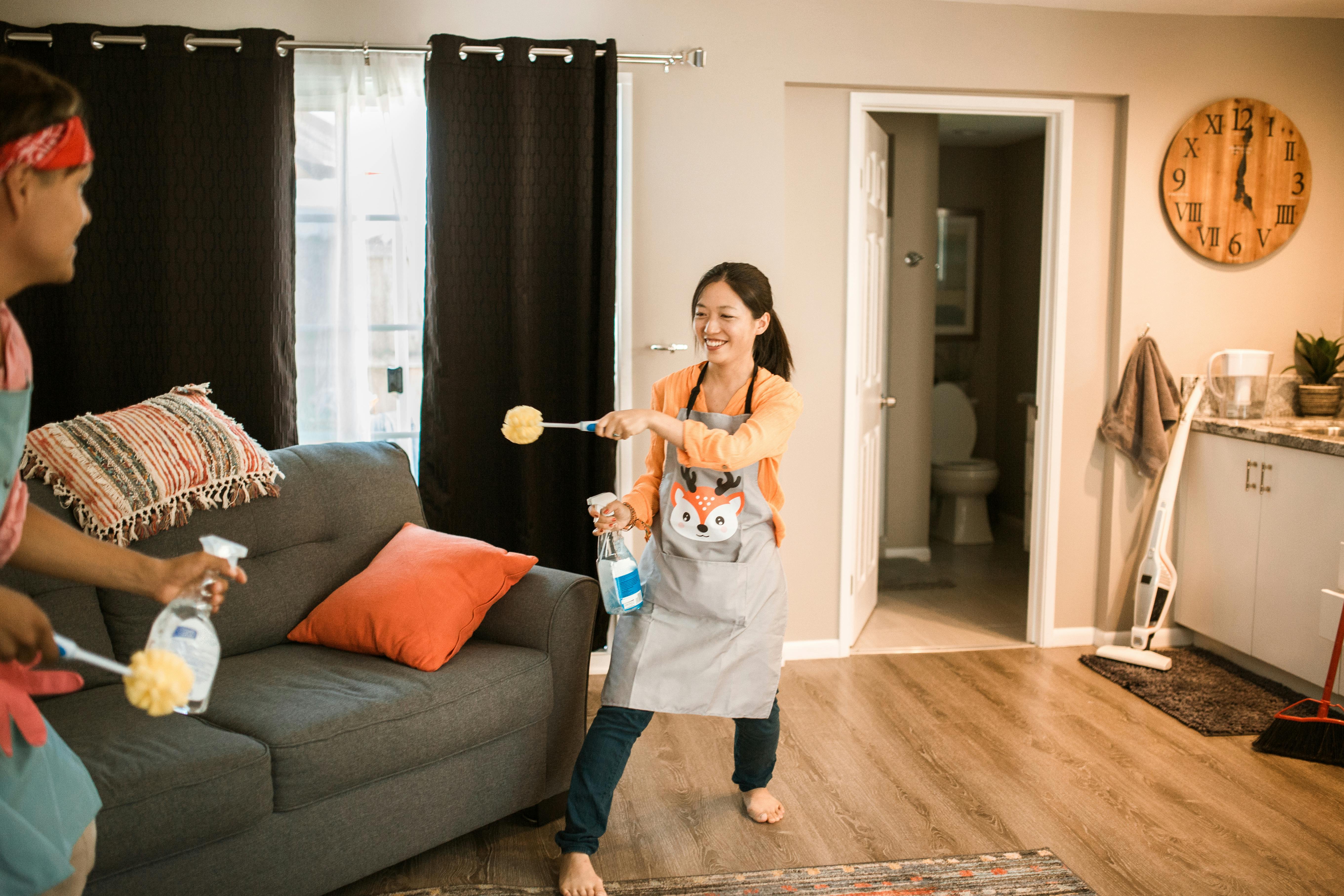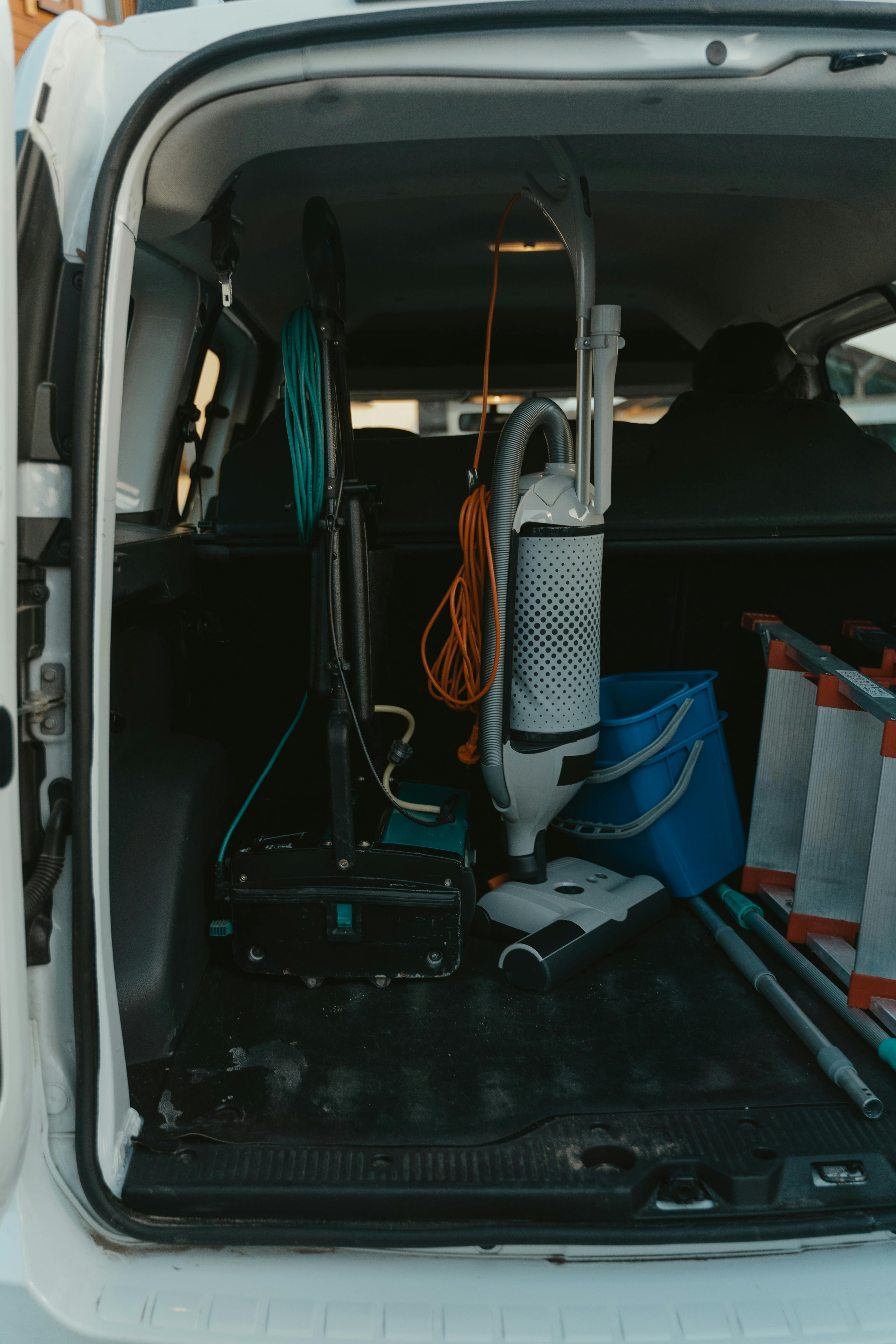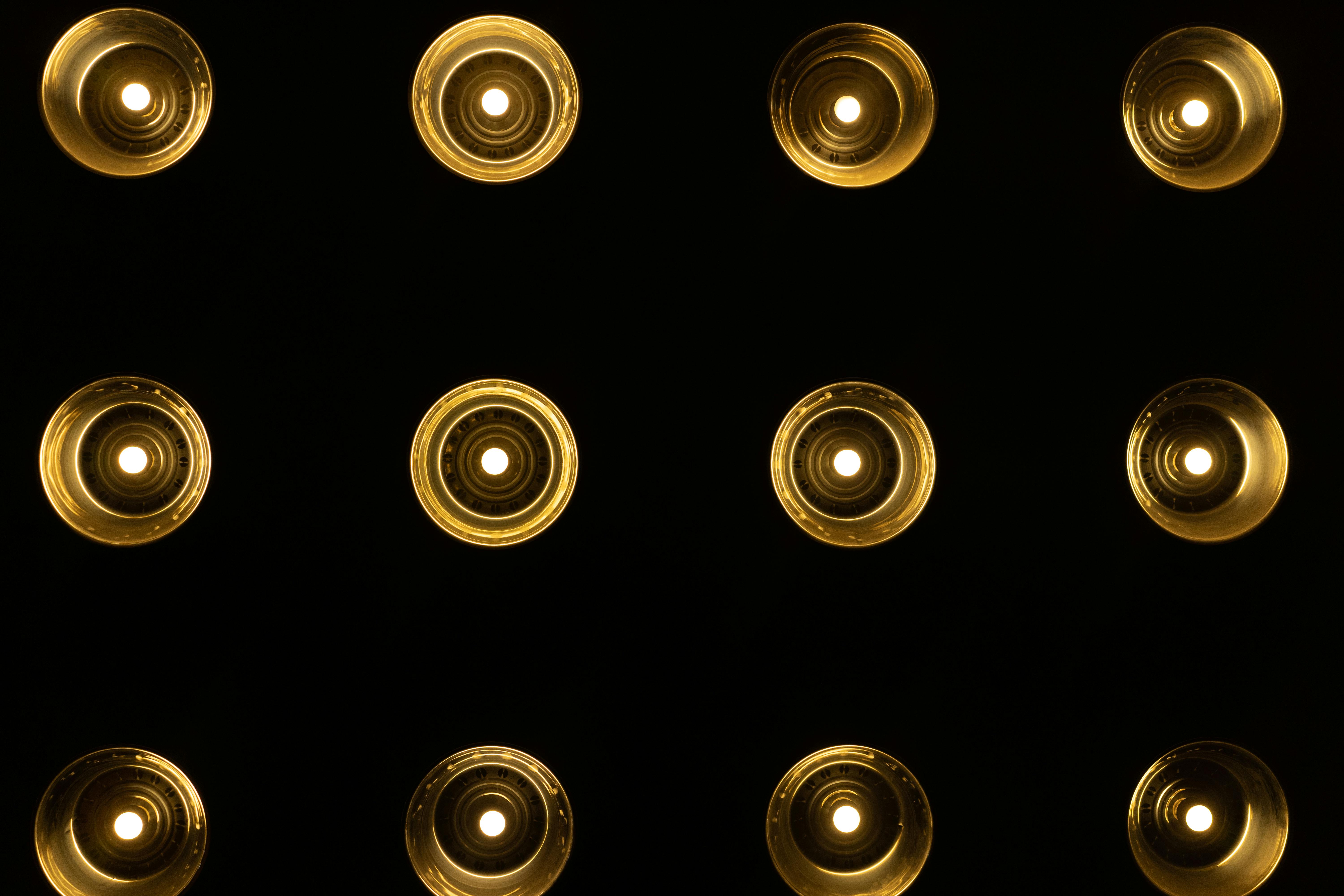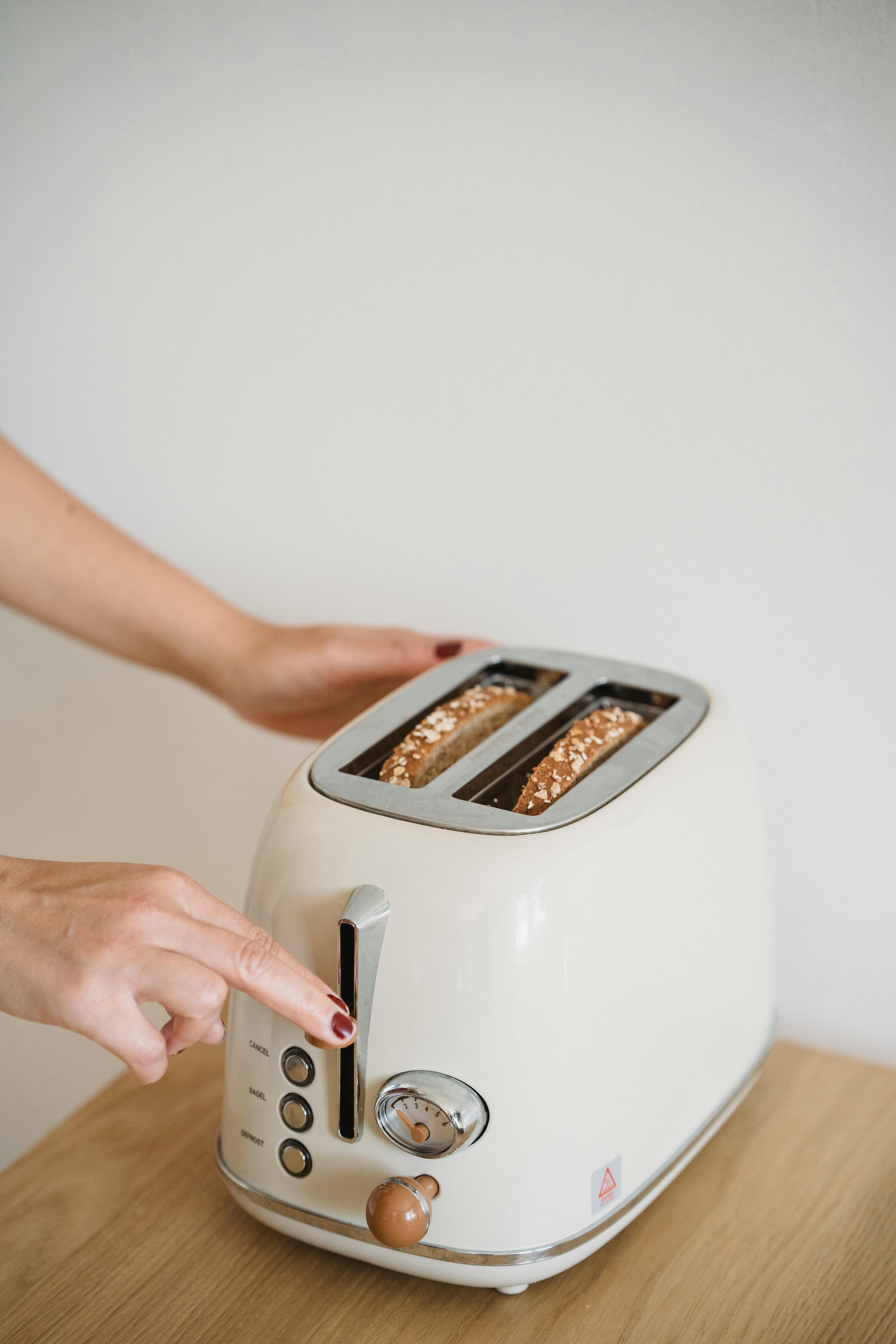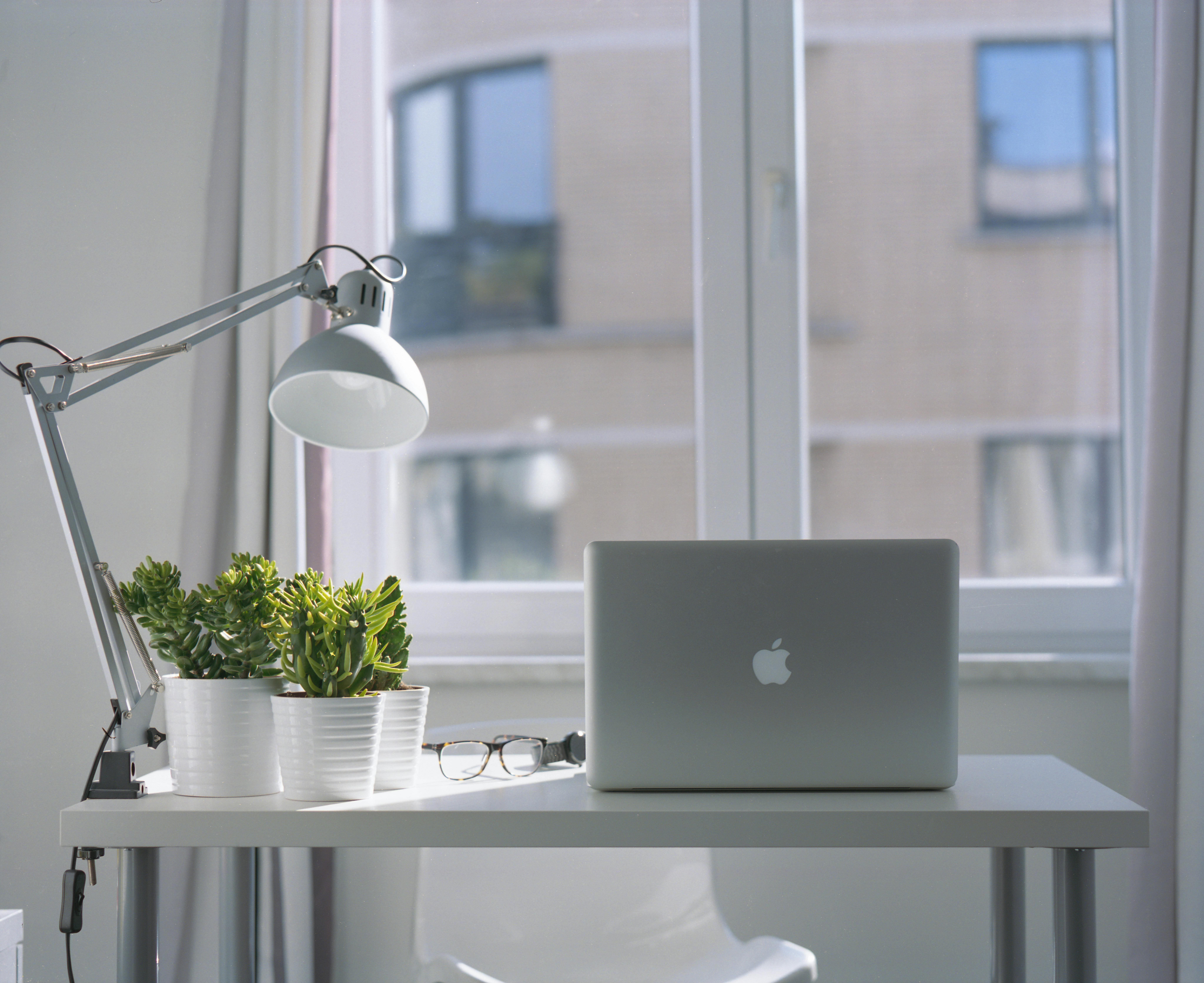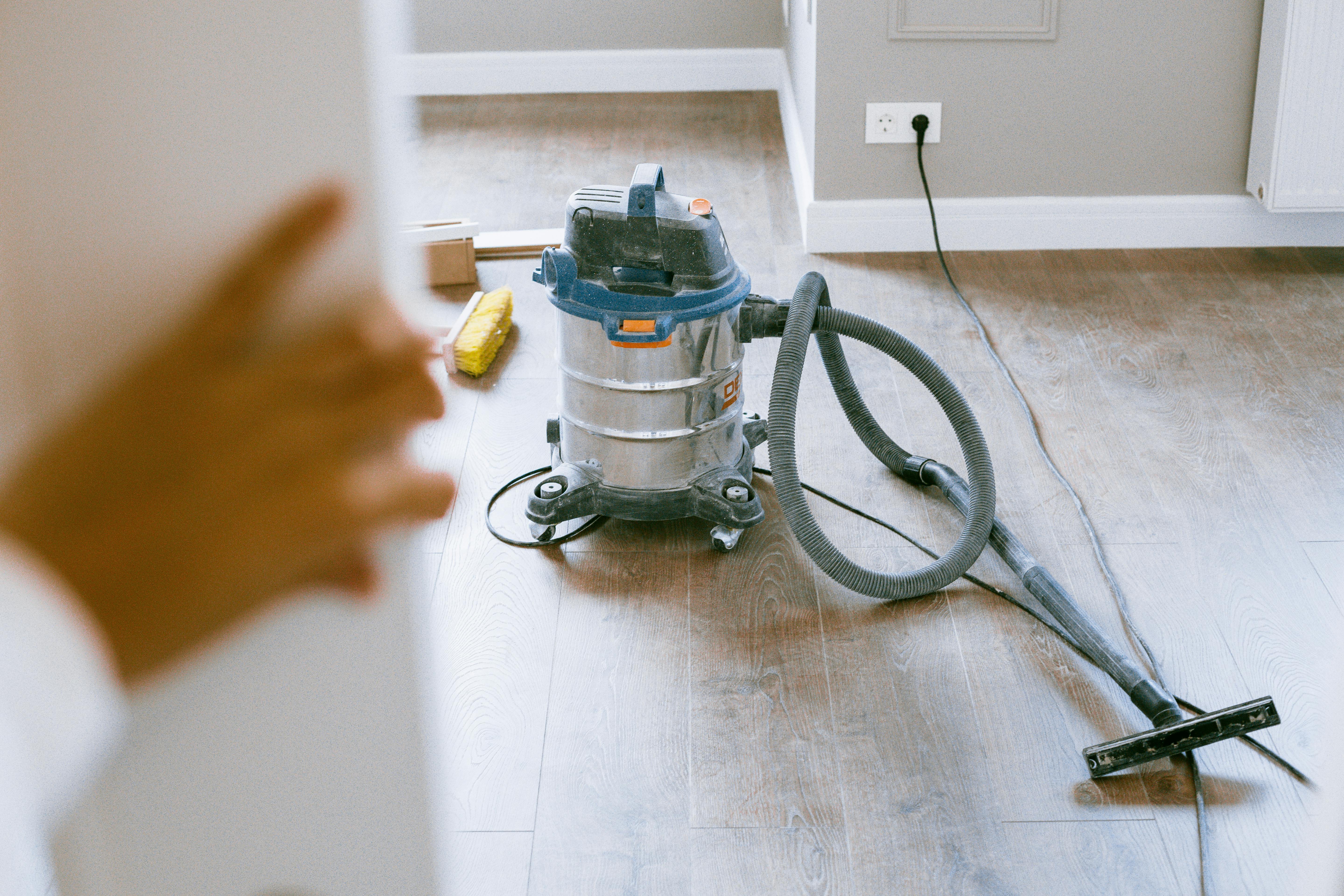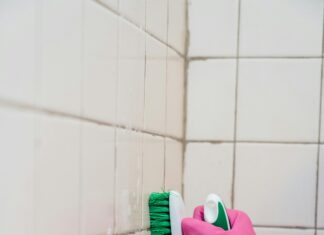Looking for the best way to dust and polish wood furniture naturally without using harsh chemicals? You’re in the right place! This article dives deep into how to dust and polish wood furniture naturally for stunning shine, revealing easy, eco-friendly hacks that’ll bring your wooden pieces back to life. Ever wondered why your wood furniture looks dull despite regular cleaning? The secret lies in combining gentle, natural ingredients with proper techniques that not only clean but also protect and enhance the wood’s rich texture. Say goodbye to toxic sprays and hello to natural wood furniture care tips that anyone can follow at home!
In today’s world, more people are searching for safe and non-toxic ways to clean wood furniture because conventional products often damage the finish or leave behind harmful residues. Did you know that simple household items like olive oil, vinegar, and lemon juice can make your wood furniture gleam like new? This guide will show you step-by-step how to dust and polish wood furniture naturally, ensuring you achieve that coveted, showroom-quality shine. Whether you own antique pieces or modern wooden tables, these tried-and-true methods will help maintain their beauty and durability for years.
Ready to transform your dusty, lifeless wood into a stunning focal point? Keep reading to discover expert tips on natural wood furniture cleaning and polishing that are budget-friendly, sustainable, and incredibly effective. From dusting techniques that prevent scratches to homemade polishing mixtures that nourish the wood, you’ll unlock the secrets to preserving your furniture’s charm—all while embracing green cleaning trends that protect your health and the environment. Isn’t it time your wood furniture got the care it deserves?
7 Easy Natural Ingredients to Dust and Polish Wood Furniture for a Lasting Shine

When it comes to keeping wood furniture looking beautiful and long-lasting, many folks in New York and beyond often turn to harsh chemicals and expensive polishes that sometimes do more harm than good. But you don’t always need to run out and buy fancy products to make your wooden chairs, tables, and cabinets shine like new. Nature has some easy, natural ingredients that work wonders for dusting and polishing wood furniture, giving a stunning shine without any toxic side effects or expensive price tags. Here’s a guide to how you can dust and polish wood furniture naturally, using simple stuff you probably already have at home.
Why Dust and Polish Wood Furniture Naturally?
Wood furniture has been part of human history for thousands of years. Early civilizations used natural oils and waxes to protect and beautify wood surfaces long before synthetic chemicals were invented. Using natural ingredients not only helps preserve the wood but also reduces your exposure to harsh substances that can irritate skin or pollute your indoor air. Plus, natural polishes are often cheaper and better for the environment.
Dusting is important because it removes the fine particles that settle on surfaces, which can scratch or dull the wood finish over time. Polishing, on the other hand, adds a protective layer and enhances the wood’s natural grain and color, making your furniture look vibrant and fresh.
7 Easy Natural Ingredients to Dust and Polish Wood Furniture for a Lasting Shine
Here’s a list of simple natural ingredients you can use to keep your wood furniture clean and gleaming.
Olive Oil
- Acts as a great moisturizer for wood.
- Helps to restore the natural luster.
- Mix with lemon juice for extra cleaning power.
Lemon Juice
- Contains mild acid that cuts through grime.
- Brightens wood surfaces by removing dullness.
- Combine with olive oil in a 1:2 ratio for polishing.
Beeswax
- Traditional wood polish used for centuries.
- Creates a protective, water-resistant coating.
- Can be melted and applied with a soft cloth.
Coconut Oil
- Penetrates wood and reduces dryness.
- Leaves a nice, subtle shine without stickiness.
- Good for smaller furniture pieces like picture frames.
White Vinegar
- Natural disinfectant and degreaser.
- Mixed with olive oil, it can be a powerful polish.
- Avoid using undiluted vinegar directly on wood.
Walnut Oil
- A drying oil that hardens and protects wood.
- Adds a warm tone to lighter woods.
- Often used on cutting boards but works on furniture too.
Almond Oil
- Light and non-greasy for polishing.
- Helps in nourishing the wood fibers.
- Can be mixed with a few drops of essential oil for fragrance.
How To Dust Wood Furniture Naturally
Dusting wood furniture might sound easy, but there are little tricks that can make it more effective:
- Use a microfiber cloth, as it traps dust better than cotton or paper towels.
- Avoid feather dusters, because they just spread dust around.
- Dust regularly to prevent buildup – once a week is good for most homes.
- For stubborn dust, slightly dampen the cloth with water or a natural oil mixture.
Simple DIY Recipes for Polishing Wood Furniture
You don’t have to buy anything fancy. Try these homemade polish recipes that are natural and easy to make:
Olive Oil and Lemon Polish
- Mix 2 parts olive oil with 1 part lemon juice.
- Apply with a soft cloth in circular motions.
- Buff with a dry cloth to bring out the shine.
Beeswax Polish
- Melt 1 part beeswax with 4 parts olive oil in a double boiler.
- Let it cool slightly and apply with a cloth.
- Buff after 10 minutes for a smooth finish.
Vinegar and Olive Oil Cleaner
- Combine 1/4 cup white vinegar with 3/4 cup olive oil.
- Shake well before use.
- Apply with a cloth, then polish with a dry rag.
Comparing Natural Ingredients vs Commercial Polishes
| Feature | Natural Ingredients | Commercial Polishes |
|---|---|---|
| Chemical Content | Minimal to none, mostly organic | Often contains synthetic chemicals |
| Environmental Impact | Biodegradable and eco-friendly | May contain harmful substances |
| Cost | Usually inexpensive, kitchen staples | Can be pricey |
| Ease of Use | Require mixing and application effort | Ready to use, convenient |
| Effect on Wood | Nourishes and protects |
How to Remove Dust and Polish Wood Furniture Naturally Without Harsh Chemicals

Dust and polishing wood furniture is something every New Yorker who loves their home decor has to deal with. But many of us reach for chemical sprays or wipes without thinking twice. What if you could keep your wood looking gorgeous and shiny, without using harsh chemicals that sometimes harm both your furniture and the environment? This article gonna show you how to remove dust and polish wood furniture naturally, using stuff you mostly already have at home. It’s simple, effective, and better for your health.
Why Dust and Polish Wood Furniture Naturally?
Wood furniture have been around for centuries, and before the invention of modern chemical cleaners, people relied on natural ingredients to keep their pieces clean and shiny. Using natural methods not only reduces exposure to toxic substances but also helps preserve the wood’s finish and longevity. Plus, natural products are usually budget-friendly and easy to find.
Harsh chemical cleaners sometimes strip wood of its natural oils, leading to cracks and dullness over time. Natural polishes nourish the wood, making it last longer and look stunning without the shine that screams “fake.” So, it’s a win-win if you care for your wood furniture the old-school way.
How to Dust Wood Furniture the Natural Way
Dusting may seem like a small step, but it’s very important. Dust left on wood can scratch the surface and dull the finish if it’s rubbed in while polishing. Here’s how you can do it naturally:
- Use a soft, dry microfiber cloth. These cloths pick up dust better than cotton rags and don’t scratch.
- Avoid feather dusters if possible because they sometimes scatter dust into the air instead of picking it up.
- For stubborn dust, slightly dampen the cloth with water but not too wet, or use a mixture of water and a few drops of mild castile soap.
- Always wipe along the grain of the wood, not across it.
Natural Ingredients to Polish Wood Furniture
Many homemade recipes use simple kitchen ingredients that you likely have already. Here’s a list with what they do:
| Ingredient | Purpose | How to Use |
|---|---|---|
| Olive Oil | Moisturizes and adds shine | Mix with lemon juice, apply with cloth |
| Lemon Juice | Removes grime, adds fresh scent | Mix with olive oil, rub gently |
| Vinegar | Cleans and disinfects | Dilute with water, wipe with cloth |
| Beeswax | Provides protective coating | Melt and mix with oil, apply carefully |
| Coconut Oil | Nourishes wood and adds shine | Rub small amount on surface, buff with cloth |
Simple Homemade Wood Polish Recipes
- Olive Oil and Lemon Polish
- 2 parts olive oil
- 1 part fresh lemon juice
Mix them in a bowl, dip a soft cloth, and rub it gently onto your wood furniture. Let it sit for a few minutes, then buff with a clean dry cloth for a natural shine. Lemon juice helps cut through grime while olive oil nourishes the wood.
- Vinegar and Olive Oil Cleaner
- 1 cup olive oil
- 1/2 cup white vinegar
Shake well before use. Apply with a cloth, wiping along the grain. This mixture cleans and polishes, leaving a nice natural finish. Avoid using this on antique or delicate finishes without testing first.
- Beeswax Polish
- 1/4 cup beeswax
- 1/2 cup olive oil
Melt the beeswax gently, mix with olive oil, let cool. Apply with a cloth and buff after drying. This creates a protective layer and makes furniture water-resistant.
Dusting and Polishing Routine to Keep Wood Stunning
- Dust your furniture at least once a week using a microfiber cloth.
- Polish every 1-2 months with your chosen natural polish recipe.
- Avoid placing wood furniture directly in sunlight to prevent fading.
- Use coasters and mats to protect surfaces from spills and scratches.
- Clean up spills immediately to avoid stains.
Comparison Between Chemical and Natural Wood Polishes
| Feature | Chemical Polishes | Natural Polishes |
|---|---|---|
| Ingredients | Synthetic chemicals, solvents | Plant oils, vinegar, beeswax, lemon |
| Health Impact | May cause respiratory irritation | Generally safe, non-toxic |
| Environmental Impact | Often non-biodegradable, polluting | Biodegradable, eco-friendly |
| Effect on Wood | Can strip natural oils, damage finish | Nourishes wood, protects finish |
| Cost | Often more expensive | Usually cheaper, uses household items |
| Ease of Use | Ready to use, quick | Requires mixing, slightly more effort |
Tips for Dusting and Polishing Wood Furniture
Step-by-Step Guide: Dusting and Polishing Wood Furniture with Homemade Natural Solutions

Step-by-Step Guide: Dusting and Polishing Wood Furniture with Homemade Natural Solutions
Wood furniture adds warmth and charm to any New York home. But over time, dust, grime, and dullness can make those beautiful pieces look tired and neglected. Instead of rushing to buy expensive commercial cleaners full of chemicals, why not try dusting and polishing wood furniture naturally? This simple, budget-friendly approach not only bring back the shine but also keeps your home environment healthier. Here’s how you can do it yourself with homemade solutions, even if you think you don’t have the skills or the time.
Why Dusting and Polishing Wood Furniture Matters
Wood furniture is more than just functional; it’s a part of your home’s character and history. Historically, wood was treated with natural oils and waxes to preserve its beauty and durability. Modern synthetic products sometimes can harm the wood or leave residue that attract more dust. Dusting regularly prevents scratches caused by tiny particles rubbing against the surface, while polishing nourishes the wood, protecting it from drying or cracking.
Neglecting this care can lead to:
- Faded finish
- Cracks and splits
- Accumulation of dirt and allergens
- Shorter lifespan of furniture
So, dusting and polishing isn’t just about looks—it’s about preserving your investment.
What You Need to Dust and Polish Wood Furniture Naturally
Before you start, gather these basic supplies. Most are likely already in your kitchen or pantry:
- Soft microfiber cloths or old cotton t-shirts
- Olive oil or coconut oil (for natural shine)
- White vinegar (for cleaning)
- Lemon juice (for fresh scent and mild bleaching)
- Beeswax (optional, for deeper polish)
- Spray bottle
- Warm water
Step 1: Dusting Properly
Dusting is the first step, but it’s often done wrong. Using dry cloth can just spread dust around, or worse, scratch the surface if dirt is too grit-like. Here’s what to do:
- Use a slightly damp microfiber cloth to trap dust instead of pushing it.
- Wipe in the direction of the wood grain to avoid scratching.
- Clean corners and crevices with a soft brush or an old toothbrush.
- Avoid feather dusters as they tend to scatter dust in the air.
- Regular dusting once a week is ideal to keep dirt from building up.
Step 2: Preparing Your Homemade Polishing Solution
Commercial polishes often contain silicone and harsh chemicals that might degrade the finish over time. Natural solutions are gentle and effective. Here’s a few recipes:
Olive Oil and Lemon Juice Polish
- 1/2 cup olive oil
- 1/4 cup lemon juice
Mix well and store in a spray bottle. The oil nourishes wood and lemon juice cleans and adds a fresh scent.
Vinegar and Olive Oil Blend
- 1/2 cup white vinegar
- 1/2 cup olive oil
Vinegar helps remove grime and disinfects, while oil restores shine.
Beeswax Polish (for extra protection)
- Melt 1/4 cup beeswax with 1/2 cup olive oil in a double boiler
- Let cool and solidify, then apply with cloth
Beeswax adds a protective layer that lasts longer but should be used sparingly.
Step 3: Applying the Polish
Once your solution is ready, time to bring the shine back to your furniture:
- Shake your polish solution before use.
- Spray or dip a soft cloth lightly — never soak the wood.
- Rub the polish into the wood following the grain, using circular motions.
- Buff with a dry cloth after application for a smooth finish.
- Test on a small hidden area first to ensure no discoloration or damage.
- Repeat polishing every 2-3 months or as needed.
Natural vs Commercial Polishes: What’s Better?
| Aspect | Natural Polishes | Commercial Polishes |
|---|---|---|
| Ingredients | Oils, vinegar, lemon, beeswax | Chemicals, silicone, synthetic fragrances |
| Safety | Non-toxic, eco-friendly | Some toxic or irritant chemicals |
| Effect on Wood | Nourishes and protects | Quick shine but may damage over time |
| Cost | Cheap and easy to make | Often expensive |
| Scent | Fresh, natural aroma | Artificial fragrances |
For those who prefer a chemical-free home, natural solutions clearly wins. But it does require a bit more effort and patience.
Tips for Maintaining Wood Furniture Naturally
- Avoid placing furniture in direct sunlight to prevent fading.
- Use coasters and mats to avoid water rings and scratches.
- Dust regularly to prevent buildup that scratches the finish.
- Don’t use abrasive cloths or sp
What Are the Best Eco-Friendly Methods to Dust and Polish Wood Furniture Effectively?

Wood furniture adds warmth and character to any home, especially here in New York where styles vary from vintage to modern. But keeping those wooden pieces dusted and polished without harming the environment or your indoor air quality can be tricky. Many store-bought products have harsh chemicals that may damage your furniture or leave toxic residues. So, what are the best eco-friendly methods to dust and polish wood furniture effectively? And how to dust and polish wood furniture naturally for stunning shine without spending a fortune or using synthetic stuff? Let’s dive in.
Why Go Eco-Friendly for Wood Care?
Before we jump into the “how,” it’s good to understand why eco-friendly methods matters. Traditional wood polish and dusters often contain volatile organic compounds (VOCs) and other chemicals that can harm air quality and even your health. Also, these products sometimes have petroleum-based ingredients that are bad for environment long-term. Using natural ingredients reduces waste, avoids plastic packaging, and keeps your home safer.
Historically, people used natural oils and waxes to protect wood. For example, beeswax polish has been used for centuries for its protective and beautifying qualities. So, we’re just returning to what worked before industrial products took over.
The Basics: How to Dust Wood Furniture Naturally
Dusting is the first step before polishing. Dust particles can scratch the wood surface if you polish on top of it.
Simple natural dusting methods include:
- Microfiber cloths: These trap dust without scratching. They don’t need any sprays or chemicals.
- Dry cotton cloth: Old T-shirts or cotton rags work well for light dusting.
- Vacuum with brush attachment: Good for corners and carvings.
- Damp cloth with water: Slightly wet cloth can pick up dust better but must be wrung out well to avoid water damage.
Avoid feather dusters that just move dust around or chemical sprays that leave residue.
Natural Ingredients to Polish Wood Furniture
Polishing brings out wood’s natural grain and protects it from drying out. Here are some eco-friendly polish options you can make at home:
- Olive Oil and Lemon Juice Polish
- 2 parts olive oil
- 1 part lemon juice
Mix in a spray bottle or bowl. Lemon juice cleans grease and brings shine, olive oil nourishes wood. Apply with soft cloth, buff after 10 minutes.
- Coconut Oil Polish
Use virgin coconut oil sparingly. It penetrates wood and adds moisture but can leave a greasy feel if overused.
- Beeswax and Olive Oil Polish
- 1/4 cup olive oil
- 1/4 cup melted beeswax
Mix and apply in thin layers with cloth. Beeswax adds protective barrier and subtle shine.
- Vinegar and Olive Oil Polish
- 1/2 cup olive oil
- 1/4 cup white vinegar
Vinegar helps remove old polish and mild grime; olive oil replenishes moisture.
Compare Natural Polishes vs Commercial Products
| Natural Polishes | Commercial Products |
|---|---|
| Non-toxic, safe for pets/kids | Often contain VOCs, allergens |
| Inexpensive, use pantry staples | Can be pricey and require frequent repurchase |
| Environmentally friendly | Plastic bottles and chemical waste |
| Customizable (add scents, etc.) | Fixed formulas, less flexible |
| Require more elbow grease | Usually easy, quick results |
Practical Tips for Natural Wood Furniture Care
- Test any polish on a hidden spot first to avoid discoloration
- Always apply polish in the direction of the wood grain
- Use soft cloths, never abrasive sponges or brushes
- Avoid excess water; too much moisture warps wood
- Dust regularly to prevent buildup that scratches finish
- For antique or delicate furniture, consult professional advice before using homemade polishes
Step-by-Step Routine to Dust and Polish Wood Furniture Naturally
- Remove all items from furniture surface
- Use microfiber cloth to dust all surfaces
- For carvings or tight spots, use soft brush or vacuum brush attachment
- Prepare your natural polish of choice (e.g., olive oil and lemon mix)
- Apply polish sparingly with a soft cloth, rubbing along the wood grain
- Wait 5-10 minutes, then buff with a clean cloth to remove excess and enhance shine
- Repeat every 4-6 weeks or as needed depending on climate and use
Some Common Mistakes to Avoid
- Using too much oil, which can leave sticky residue or attract dust
- Polishing over dirty surfaces without dusting first
- Using spray polishes that contain silicones; these can build up and damage finish over time
- Applying polish too frequently, which can clog wood pores
Taking care of wood furniture naturally need patience but rewards you with beautiful, long-lasting shine and healthier home environment.
Unlock the Secret to Stunning Wood Furniture Shine Using Simple Natural Polishing Techniques

Unlock the Secret to Stunning Wood Furniture Shine Using Simple Natural Polishing Techniques
Wood furniture have been part of homes for centuries, adding warmth and character to living spaces. But sometimes, that beautiful wooden surface look dull and lifeless, losing its charm. The secret to bring back that stunning shine lies not in fancy commercial products but in simple, natural polishing techniques anyone can do at home. You don’t need to spend a fortune or buy chemicals that might harm your furniture or the environment. Let’s explore how to dust and polish wood furniture naturally for a shine that impresses and lasts.
Why Natural Polishing Matter for Wood Furniture?
Wood is an organic material that reacts to what you put on it. Many commercial polishes contain silicone, alcohol, or petroleum-based ingredients that can build up over time, leaving a sticky residue or even damaging the finish. Natural polishing techniques, on the other hand, use ingredients that nourish the wood, protect it, and bring out its natural beauty without harsh chemicals.
Historically, before industrial polishes were available, people used oils, beeswax, and even some plant-based substances to keep their wood looking good. These old-school methods still work great today, and they are often better for delicate or antique pieces.
How To Dust Wood Furniture Properly
Dusting is the first step before polishing. If dust stay on the surface, it can scratch your wood when you polish it. Here’s a quick guide how to dust right:
- Use a soft, lint-free cloth like microfiber or cotton.
- Avoid feather dusters that just move dust around instead of removing it.
- Dust in the direction of the wood grain to get deep into grooves.
- For hard-to-reach places, use a soft-bristled brush.
- Don’t use water or spray cleaners for dusting because it can warp the wood.
Regular dusting not only keep the furniture clean but also prevent buildup that dulls the shine.
Simple Natural Ingredients for Polishing Wood
You don’t need a lot of ingredients or complicated formulas to polish wood naturally. Here are some common household items with their benefits:
| Ingredient | Benefits | How to Use |
|---|---|---|
| Olive oil | Nourishes wood, adds shine | Mix with lemon juice, apply with cloth, buff off excess |
| Coconut oil | Moisturizes and protects | Rub small amount, let sit, then wipe off |
| Beeswax | Creates protective layer, water resistant | Melt and mix with oil, apply thinly, buff after drying |
| Lemon juice | Cleans and brightens | Combine with olive oil, use as polish |
| Vinegar | Removes grime, but can dull finish if overused | Dilute with water, use sparingly |
Step-by-Step Guide: How to Dust and Polish Wood Furniture Naturally
- Dust the furniture thoroughly using microfiber cloth.
- Prepare natural polish mixture – try olive oil and lemon juice combo in a small bowl (2 parts oil to 1 part lemon juice).
- Dip a clean, soft cloth into the mixture, wring out excess.
- Rub the polish onto the wood in small sections, always following the grain.
- Let it sit for about 5-10 minutes, allowing the wood to absorb nutrients.
- Buff the wood with a dry cloth to remove any leftover polish and bring out the shine.
- Repeat polishing every few months depending on how often the furniture used.
Comparing Natural vs Commercial Wood Polishes
| Feature | Natural Polishes | Commercial Polishes |
|---|---|---|
| Ingredients | Non-toxic, eco-friendly | Often contain chemicals and solvents |
| Safety | Safe for pets and kids | Can be harmful if ingested or inhaled |
| Longevity | Requires regular application | Longer-lasting but may build residue |
| Effect on Wood Finish | Enhances natural grain and texture | May mask natural wood look |
| Cost | Low-cost, easy to make at home | Can be expensive |
Practical Tips to Keep Wood Furniture Looking Stunning
- Avoid placing wood furniture in direct sunlight for long, as it fades the finish.
- Use coasters and pads to prevent water rings and scratches.
- Clean spills immediately with a dry cloth.
- Dust regularly but don’t over-polish; too much oil can attract dust.
- Test any polish mixture on a small, hidden area first to check reaction.
Fun Fact: The Oldest Known Wood Polish
Ancient Egyptians used a mixture of beeswax and oils to protect and shine wooden furniture and artifacts. This method preserved wood for thousands of years in tombs and temples, proving natural polishing techniques are timeless and effective.
Why You Should Start Polishing Wood Naturally Today
Not only does natural polishing bring
Conclusion
Incorporating natural methods to dust and polish wood furniture not only preserves the beauty and longevity of your pieces but also promotes a healthier home environment free from harsh chemicals. By using simple ingredients like vinegar, olive oil, lemon juice, and essential oils, you can effectively clean and nourish your wood surfaces while enhancing their natural shine. Regular dusting with a soft cloth and gentle polishing ensures that your furniture remains protected from dirt buildup and wear. Embracing these eco-friendly techniques aligns with sustainable living practices and offers a cost-effective way to maintain your cherished wood furnishings. As you adopt these natural cleaning habits, you’ll notice a revitalized warmth and elegance in your home décor. Give your wood furniture the care it deserves by making these natural dusting and polishing methods a part of your routine—your furniture and the environment will thank you.




